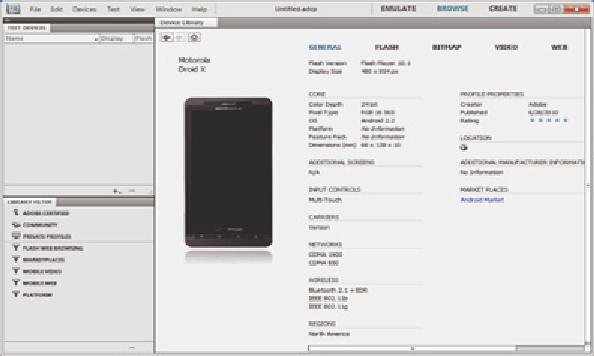Information Technology Reference
In-Depth Information
critical to facilitate emerging mobile technologies, as the interface can be
very different between devices. This is also true of application develop-
ment, where a testing emulator for each device can aid in the identifica-
tion of mobile access issues. Figure 9.2 demonstrates this functionality,
which can allow testing of applications across a wide range of common
mobile devices before deployment.
New devices often present challenges for the network due to unfore-
seen interaction with existing technologies. When the first generation
of iPhone was released, a remote user with local desktop administrative
privileges installed a beta version of the iTunes media player in order to
better manage a music collection—arguably not a work function, but
common enough among tech-savvy users in enterprises that enjoy “inci-
dental use” permissions. A glitch in the beta software caused an instant
100% load on the network to the e-mail server because the desktop host-
ing the iTunes software was attempting to poll the user's mailbox and
calendar for updates continuously. That one user unintentionally created
a denial-of-service attack on the internal e-mail system, affecting users
across the enterprise. Such situations can be magnified a hundredfold or
more when highly anticipated devices like the popular iPad are finally
released and users immediately introduce them into the enterprise.
Figure 9.2
The Adobe Device Central emulator displaying a Motorola Droid.






























